Recently seen...some requiring lots of luck
Apr 10, 2023 17:23:44 #
I'll post more from Antarctica, but since returning I've continued birding here in Southern California, where it is the Spring migration season. With Spring, we are visited by some rarities but continue to see the endemic species that may be nesting or mating here. Hope you enjoy these photos.
Southern California is really a semi-desert (Mediterranean) ecosystem, but many people are surprised that Roadrunners are a native species that nests here. While returning to the parking lot at a nearby wetland area that we surveyed last Friday, we met this sprightly Greater Roadrunner. It stopped about 5 feet away, posed for several photos, then turned and "roadran" back the way it had come, disappearing into the underlying bushes. Though not a rarity, it is always a remarkable sighting.
Another native species, Song Sparrows are looking for mates and showing breeding behaviors in the Spring. Males, whose plumage becomes more vibrant, they are frequently singing in the tops of bushes and trees, head tipped back as they sing to attract a mate.
Male Vermillion Flycatchers don't need to do much to be noticed as their bright plumage insures that they will be seen. Females may show yellow to red patches or may be very plain such as this one seen near to where the male was displaying.
The Hooded Oriole is probably the most frequently seen Oriole in our area. They are frequently seen in our local Palm and Eucalyptus trees. I discovered this Hooded Oriole eating the red blossoms of a gum tree but was very lucky to find both a male Baltimore Oriole and a young or female Bullock's Oriole in the same area, a parking lot at Mile Square Park in Fountain Valley. These are definitely seasonal visitors, signaling the warm Spring weather.
The Wilson's Warbler displays its bright yellow plumage and black crown as it flits through the branches of trees and bushes. While we see them year round in some locations, in Springtime they show up in more locations and in greater numbers. They are usually an early sign that the migration has begun.
Finally for this post, I've included a pair of Cinnamon Teals. Though migratory, they are more likely migrating out of Southern California rather than in, having spent much of the Winter and Spring in our ponds and streams. This pair, undoubtedly mates, beautifully show this species' breeding plumage. In addition to the male's bright cinnamon body and head and their dark crowns and bills, note the male's bright red eye and the powder blue patch on the female's wing. Both male and female Cinnamon Teals display large powder blue patches on the upper wing coverts in flight
Enough for this post. All photos were taken in the last two weeks with a Nikon D500 using either a Nikkor 200-500 f/5.6 telezoom or a fixed focal length Nikkor 300 mm attached with a Nikkor 1.4 teleconverter (for total focal length of 420 mm). I've been using shutter speeds between 1/2000 and 1/2500, f/stops of f/5.6 - 7.2, handheld. Because of the fast shutter speed, I've often shot with VR turned off. I think it had resulted in slightly sharper photos.
Southern California is really a semi-desert (Mediterranean) ecosystem, but many people are surprised that Roadrunners are a native species that nests here. While returning to the parking lot at a nearby wetland area that we surveyed last Friday, we met this sprightly Greater Roadrunner. It stopped about 5 feet away, posed for several photos, then turned and "roadran" back the way it had come, disappearing into the underlying bushes. Though not a rarity, it is always a remarkable sighting.
Another native species, Song Sparrows are looking for mates and showing breeding behaviors in the Spring. Males, whose plumage becomes more vibrant, they are frequently singing in the tops of bushes and trees, head tipped back as they sing to attract a mate.
Male Vermillion Flycatchers don't need to do much to be noticed as their bright plumage insures that they will be seen. Females may show yellow to red patches or may be very plain such as this one seen near to where the male was displaying.
The Hooded Oriole is probably the most frequently seen Oriole in our area. They are frequently seen in our local Palm and Eucalyptus trees. I discovered this Hooded Oriole eating the red blossoms of a gum tree but was very lucky to find both a male Baltimore Oriole and a young or female Bullock's Oriole in the same area, a parking lot at Mile Square Park in Fountain Valley. These are definitely seasonal visitors, signaling the warm Spring weather.
The Wilson's Warbler displays its bright yellow plumage and black crown as it flits through the branches of trees and bushes. While we see them year round in some locations, in Springtime they show up in more locations and in greater numbers. They are usually an early sign that the migration has begun.
Finally for this post, I've included a pair of Cinnamon Teals. Though migratory, they are more likely migrating out of Southern California rather than in, having spent much of the Winter and Spring in our ponds and streams. This pair, undoubtedly mates, beautifully show this species' breeding plumage. In addition to the male's bright cinnamon body and head and their dark crowns and bills, note the male's bright red eye and the powder blue patch on the female's wing. Both male and female Cinnamon Teals display large powder blue patches on the upper wing coverts in flight
Enough for this post. All photos were taken in the last two weeks with a Nikon D500 using either a Nikkor 200-500 f/5.6 telezoom or a fixed focal length Nikkor 300 mm attached with a Nikkor 1.4 teleconverter (for total focal length of 420 mm). I've been using shutter speeds between 1/2000 and 1/2500, f/stops of f/5.6 - 7.2, handheld. Because of the fast shutter speed, I've often shot with VR turned off. I think it had resulted in slightly sharper photos.
Greater Roadrunner
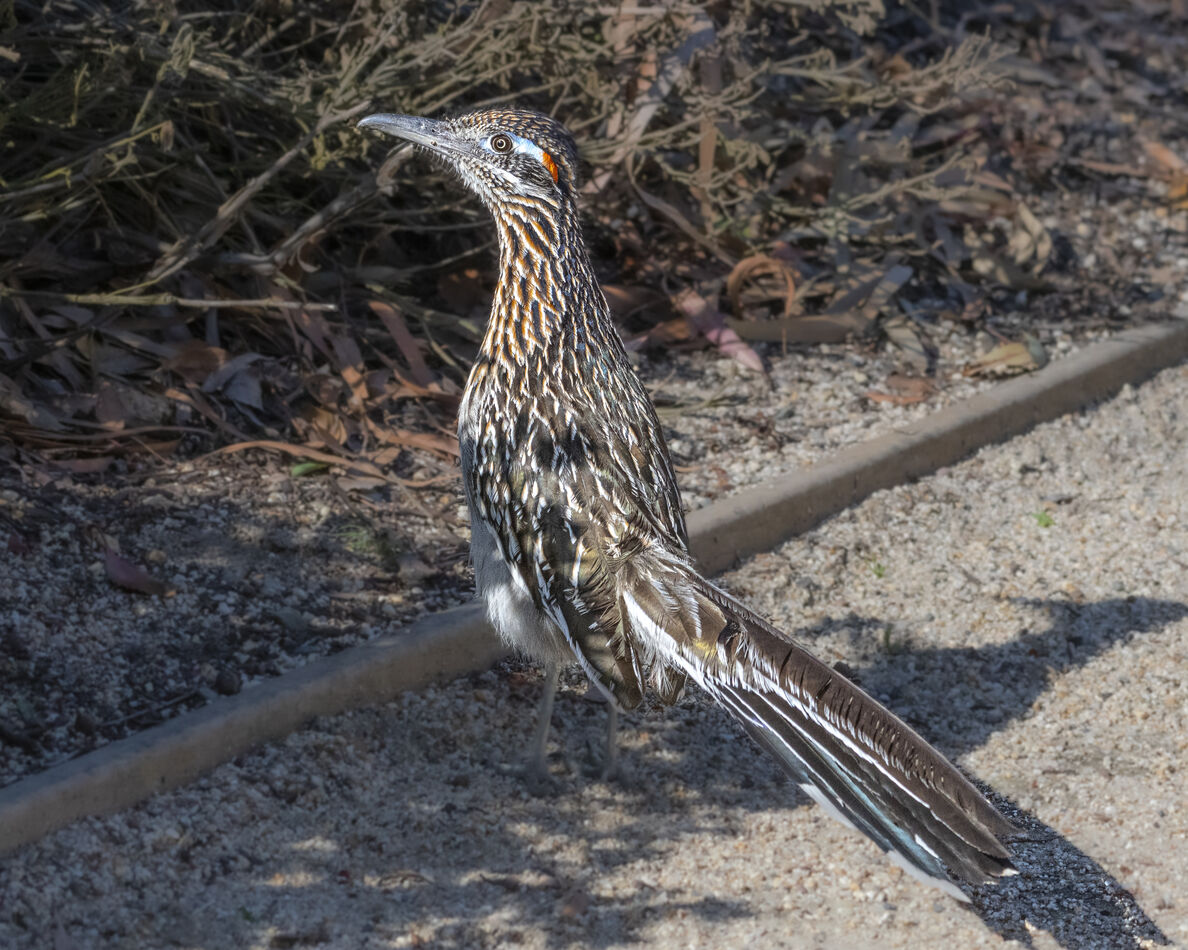
(Download)
Song Sparrow
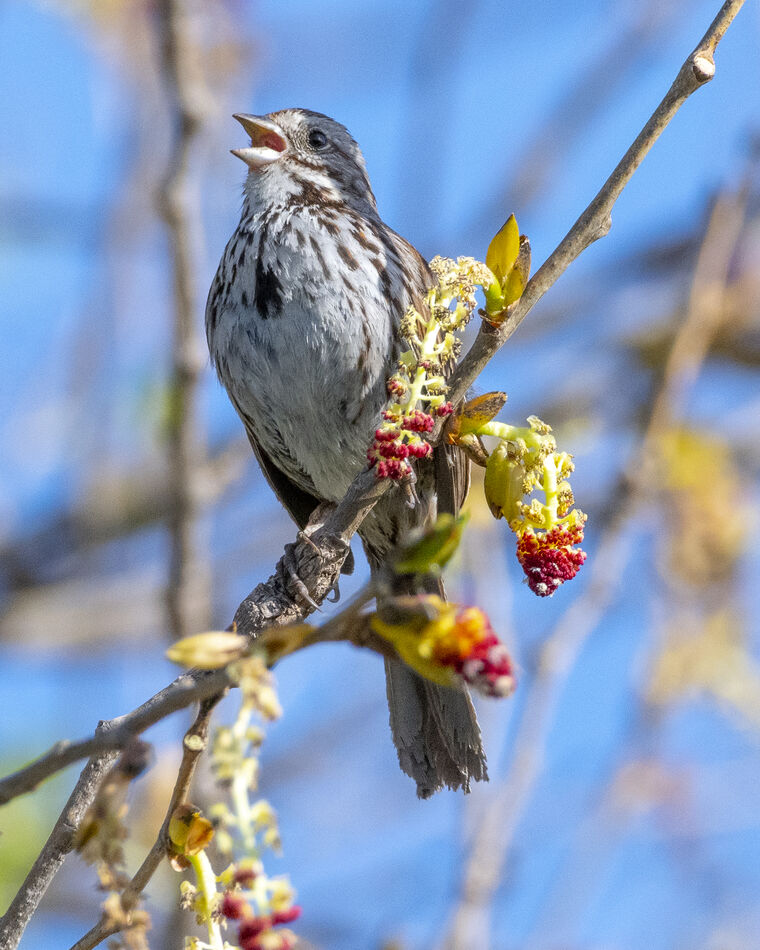
(Download)
Vermillion Flycatcher male
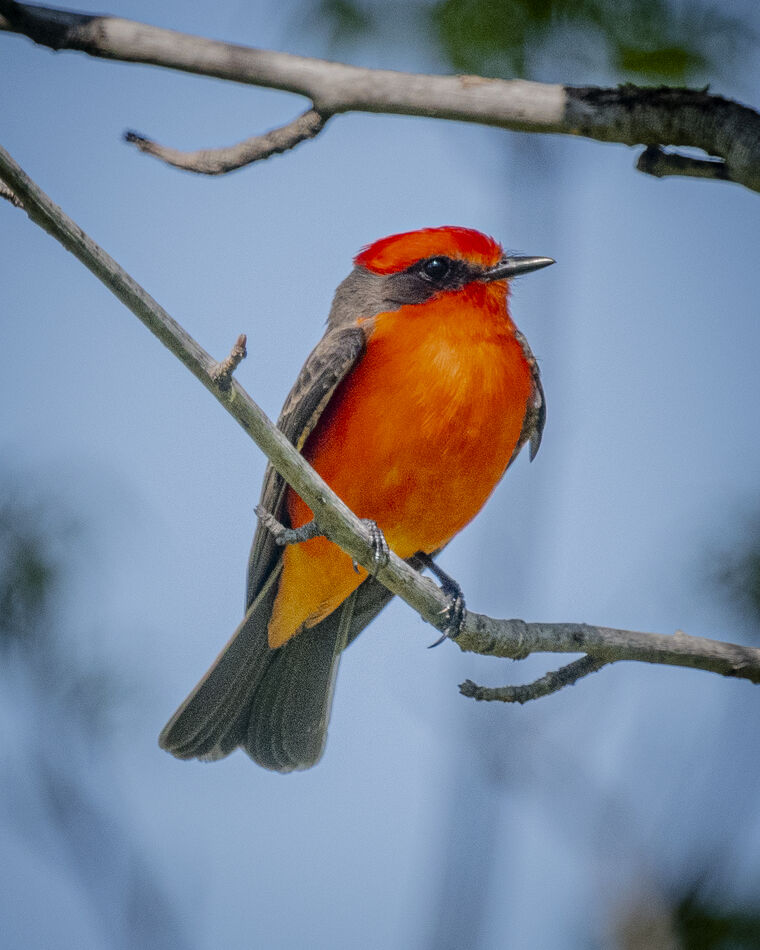
(Download)
Vermillion Flycatcher female
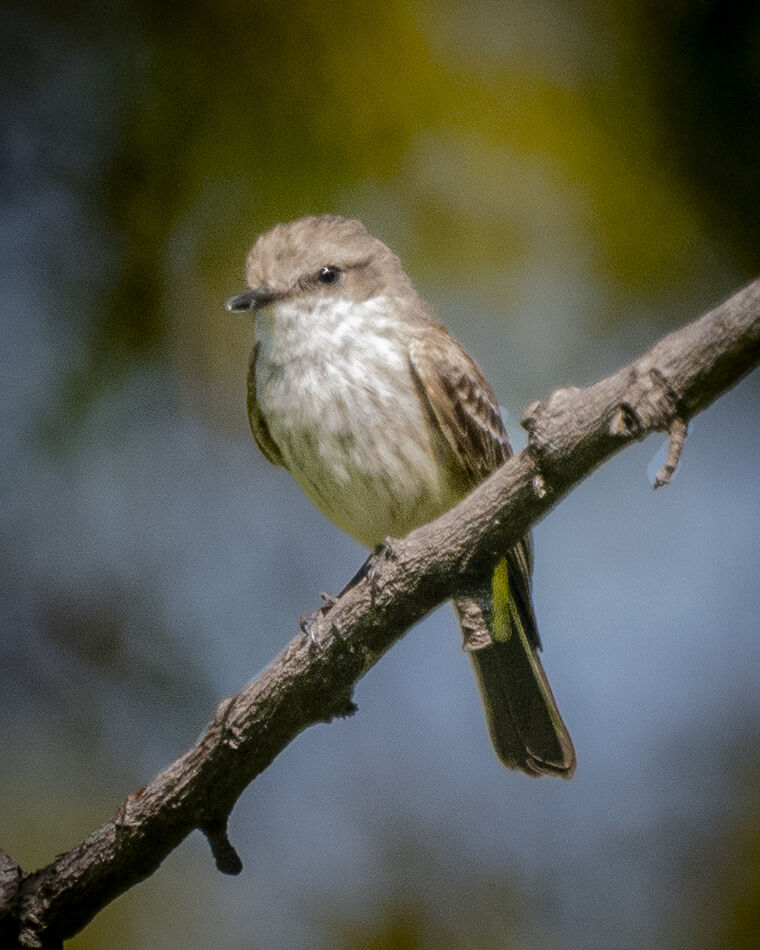
(Download)
Hooded Oriole
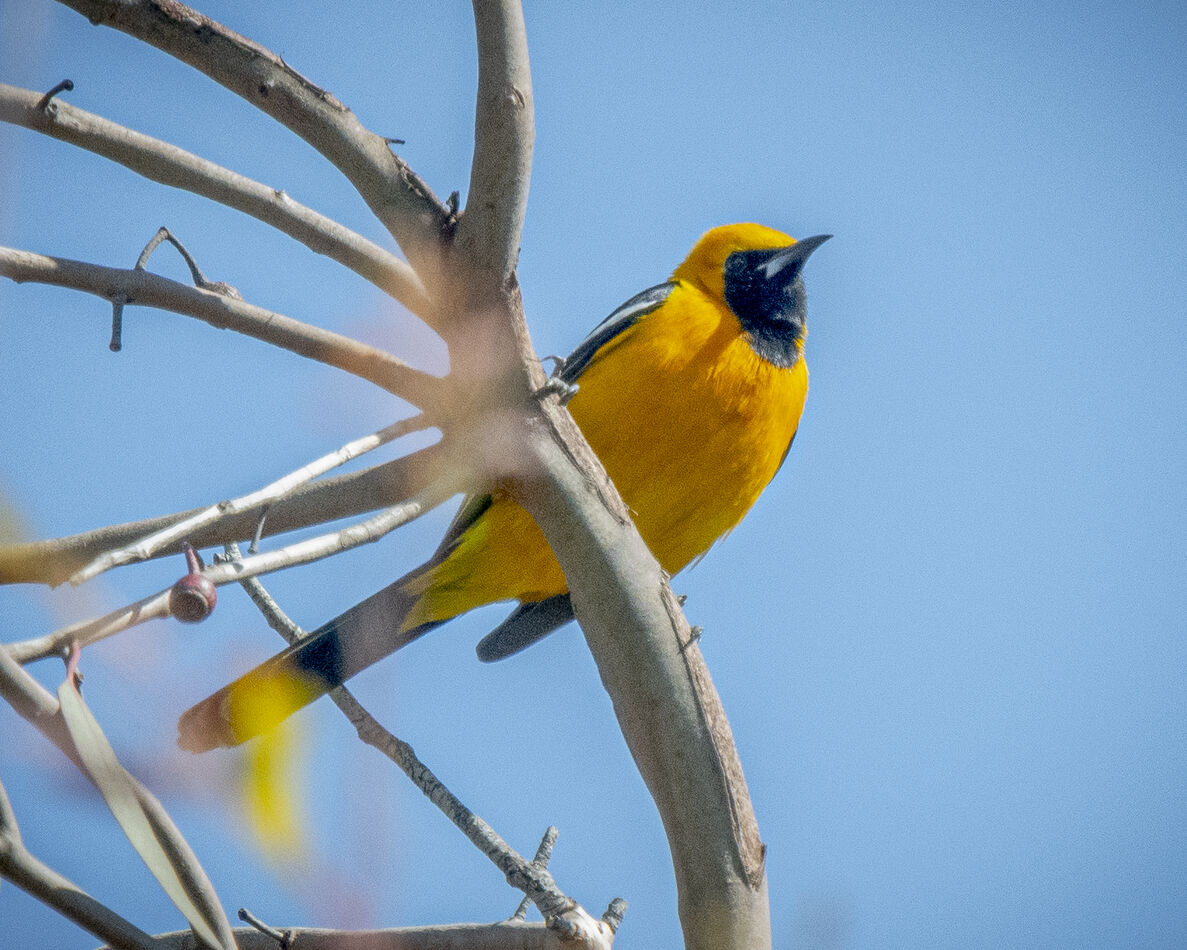
(Download)
Baltimore Oriole
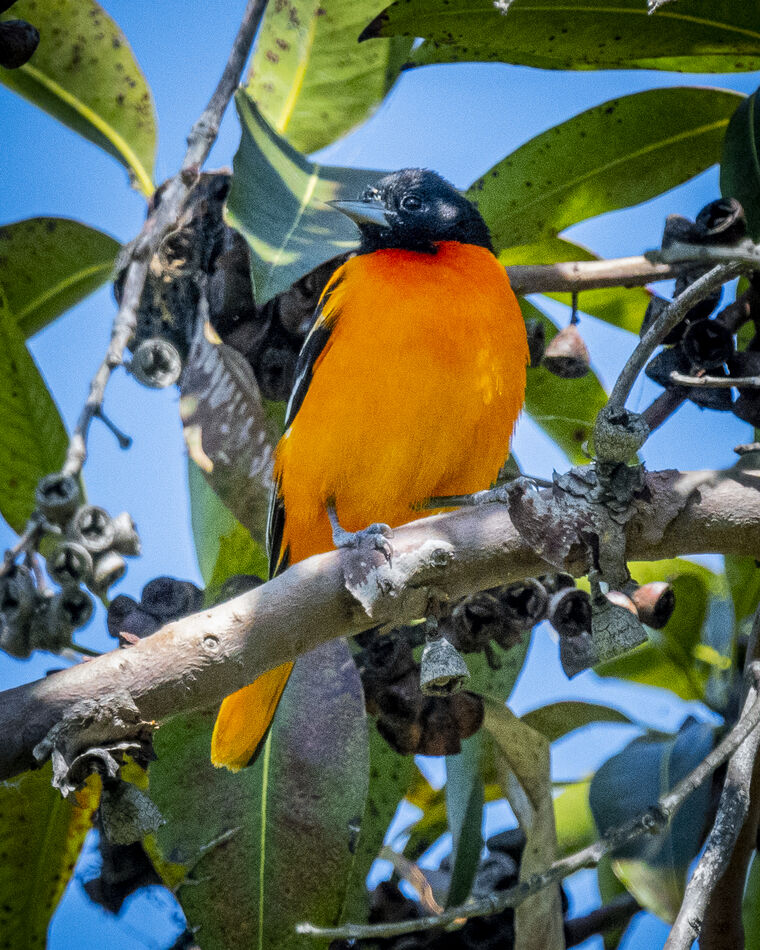
(Download)
Bullock's Oriole
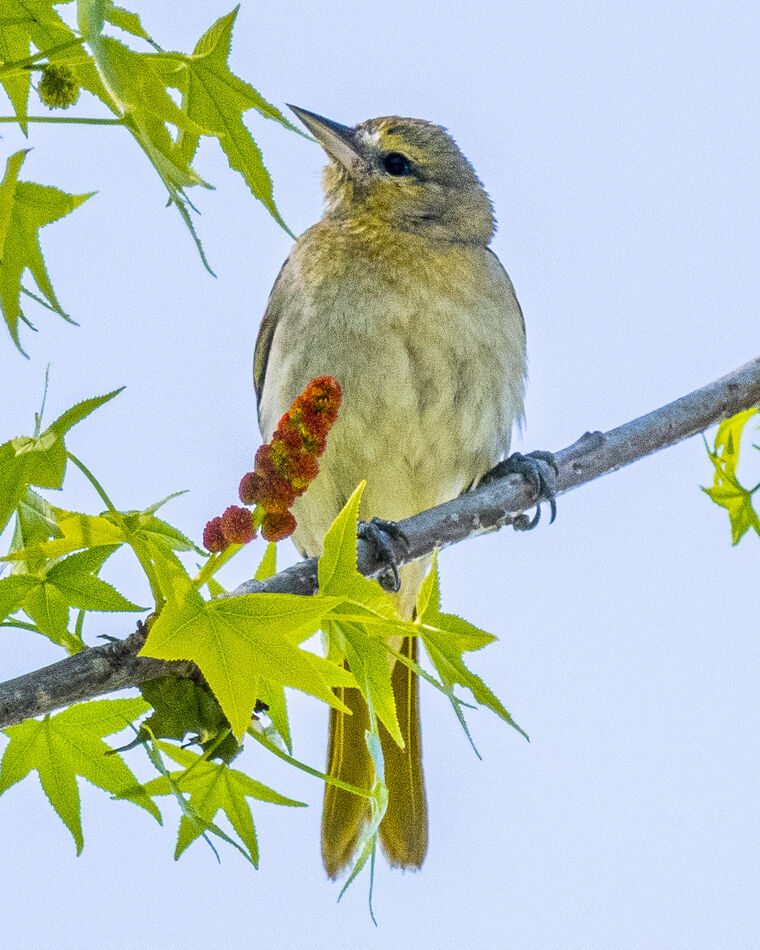
(Download)
Wilson's Warbler
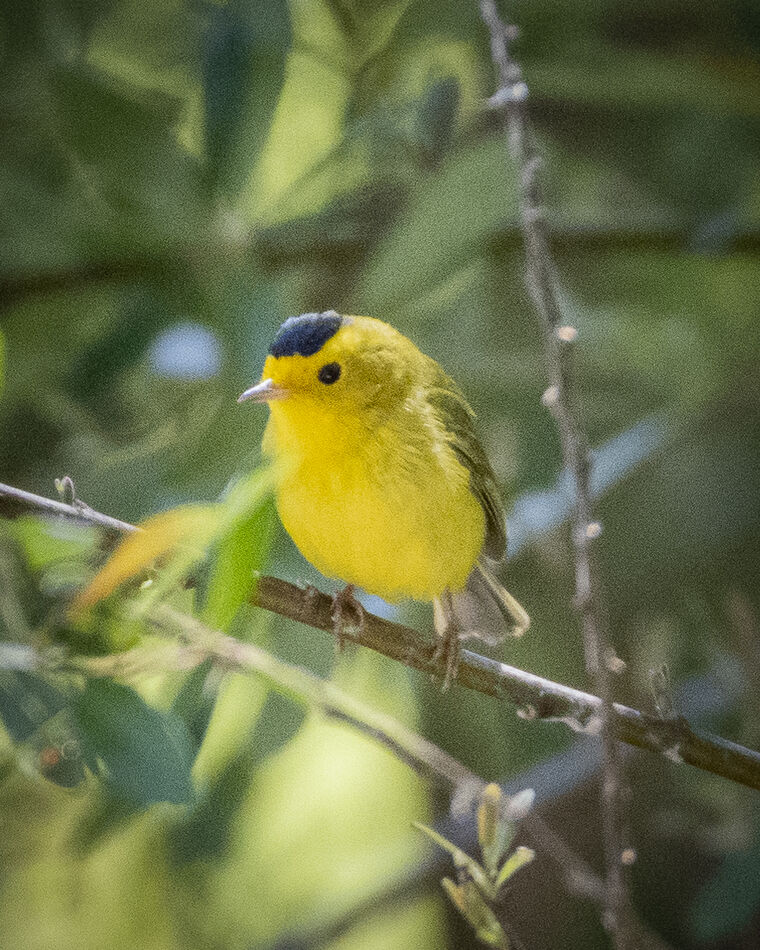
(Download)
Cinnamon Teals
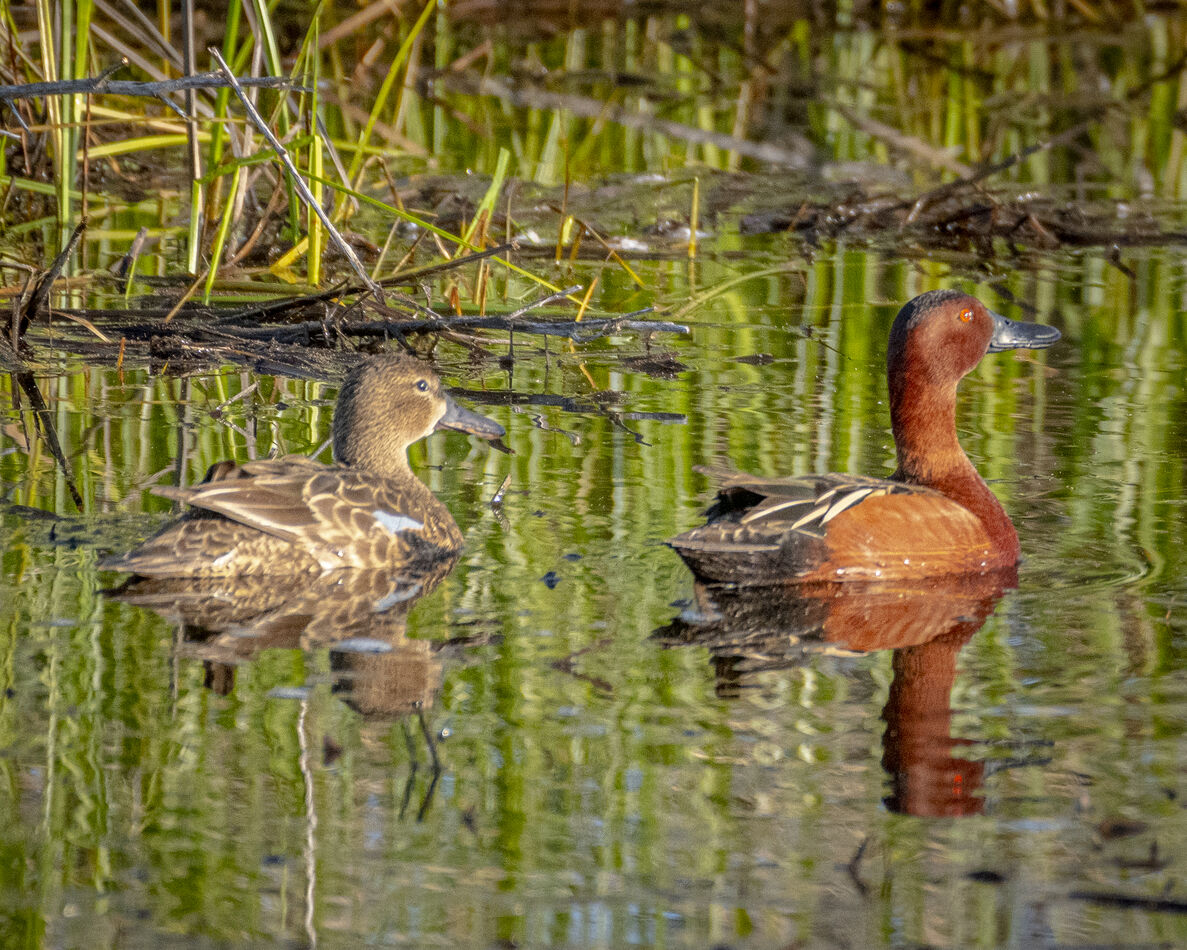
(Download)
Apr 10, 2023 17:25:47 #
Apr 10, 2023 17:29:13 #
Apr 10, 2023 17:36:51 #
jak86094 wrote:
I'll post more from Antarctica, but since returnin... (show quote)
Good work and a nice selection!



Apr 10, 2023 17:41:47 #
maxlieberman wrote:
Beautiful photographs. I am envious. Well done.
Thanks very much Max. Very kind of you. jak
Apr 10, 2023 17:42:27 #
Apr 10, 2023 17:44:14 #
bcheary wrote:
Good work and a nice selection! 





I am very lucky to live in an area that has a nice selection of species. It gets a bit repetitive during the summer, after the Spring migration, but being in the migration path has its benefits. Glad you enjoyed them. Thanks for the kind remarks. jak
Apr 10, 2023 17:55:23 #
Apr 10, 2023 18:22:14 #
Apr 10, 2023 19:15:02 #
UTMike wrote:
Excellent set of a wide variety of beauties, jak!
Mike, thanks very much. I enjoy getting them and appreciate your kind remarks. jak
Apr 10, 2023 19:16:14 #
NMGal wrote:
Beautiful set, especially the roadrunner.
Hi, NMGal. Nice to hear from you. Thanks for the kind words. jak
Apr 10, 2023 20:51:51 #
Apr 10, 2023 22:56:51 #
Apr 11, 2023 05:25:27 #
Apr 11, 2023 06:48:19 #
If you want to reply, then register here. Registration is free and your account is created instantly, so you can post right away.





